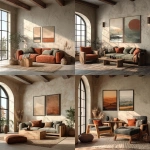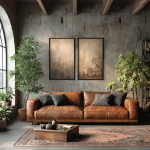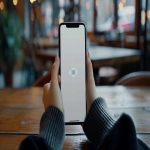Explore the Best AI Image Gallery

The Art of Innovation: How Wearable Tech is Transforming the Creative Landscape
Wearable technology has emerged as a powerful force, not just in our daily lives but also in the realm of creativity. From augmented reality glasses that overlay digital elements onto the physical world to haptic suits that allow users to feel virtual sensations, these devices are blurring the lines between the real and the digital, empowering artists and designers with unprecedented tools for expression and innovation.
Reimagining Artistic Expression
Wearable tech is revolutionizing artistic expression by providing artists with new mediums and ways to interact with their creations.
- Augmented Reality (AR) Art Installations: AR glasses or headsets can overlay digital artwork onto physical spaces, transforming everyday environments into immersive art experiences.
- Interactive Wearable Sculptures: Artists are incorporating sensors and actuators into wearable sculptures, allowing viewers to interact with the art through touch, movement, or sound.
- Body as Canvas: Wearable technology allows artists to use their own bodies as canvases for projection mapping, light displays, or kinetic installations.
Enhancing Design Processes
Wearable tech is also making waves in the design industry, streamlining workflows and fostering collaboration.
- Virtual Prototyping: Designers can use haptic feedback devices to test and refine 3D models before physical production, saving time and resources.
- Remote Collaboration: Wearable headsets with integrated communication features enable designers from different locations to collaborate in real-time on projects.
- Immersive Design Reviews: Clients can experience design concepts in a virtual environment through AR or VR headsets, providing more engaging and interactive feedback.
Ethical Considerations
As with any emerging technology, wearable tech in the creative industry raises important ethical considerations.
- Data Privacy: Wearable devices collect vast amounts of personal data about users movements, interactions, and even biometric information. It is crucial to ensure that this data is collected and used responsibly and ethically.
- Accessibility: The cost and complexity of some wearable technologies may create barriers for access, potentially widening the gap between those who can and cannot benefit from these innovations.
- Authenticity and Ownership: The increasing use of AI-powered tools in creative processes raises questions about authorship and the value of human creativity.
Future Trends
The future of wearable tech in the creative industry is brimming with possibilities. We can expect to see:
- More sophisticated AI integrations: AI algorithms will play an even greater role in assisting artists and designers, providing personalized feedback, generating creative content, and automating tasks.
- Personalized Creative Experiences: Wearable tech will enable highly customized and immersive creative experiences tailored to individual preferences and needs.
- Seamless Blending of Physical and Digital Realms: The lines between the physical and digital worlds will continue to blur, leading to innovative forms of artistic expression and interactive installations.
Wearable technology is not just about gadgets; its about empowering individuals to express themselves in new and exciting ways. As this technology continues to evolve, it promises to reshape the creative landscape, fostering a future where innovation and imagination go hand in hand.

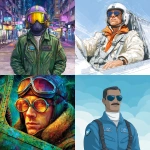



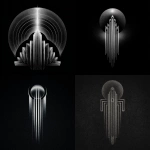
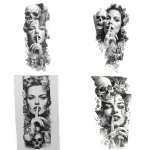









](https://images.ai-img.art/thumbnails/150/4a4f2a16da94ebadad64aeb3b0fb4e64d426431f1d651cc4929142c728fe85b7.webp)
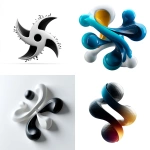

](https://images.ai-img.art/thumbnails/150/d29fcfc8037938184a641f7980e1102e24a6e82088bc465886d26ffe5bb006c7.webp)
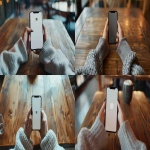
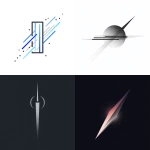
](https://images.ai-img.art/thumbnails/150/9127f72c6be19d533c26ac476f4d216cd89a6a2d7c351333489a3eff30c3ec5a.webp)
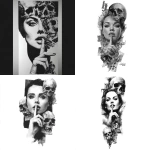
](https://images.ai-img.art/thumbnails/150/336026613fd234b8d6908fe18ecc09b2b2ecf7b8dfe294742041c9862dc499c1.webp)

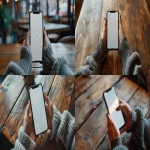

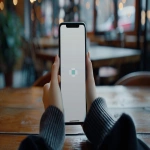
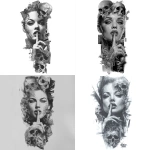



](https://images.ai-img.art/thumbnails/150/85464d88f1d4314cd042a02a6f41440fc3b4343db529794cbe8e6836fdadf409.webp)
](https://images.ai-img.art/thumbnails/150/37f115f2fa75765b87e6d3e2c9f1b0a80a6a46efa8b864a05278c7fc0a0a62e7.webp)


](https://images.ai-img.art/thumbnails/150/24610c8978ce6b4f1ced8639b434482871adb07e38af8b90cd535f2533bf18cc.webp)


](https://images.ai-img.art/thumbnails/150/b90a5f332cb5d8f02116934e13abd20233e0eeb2368274dbdffaa2e281e4dff5.webp)

